GE 4.5 cu. ft. High-Efficiency White Top Load Washing Machine with Stainless Steel Basket
Use as much water as you want with flexible water features. Pairs best with Electric GTD42EASJWW or Gas GTD42GASJWW Dryer(s). Dual-action agitator thoroughly cleans garments.
GE appliances provide up-to-date technology and exceptional quality to simplify the way you live. With a timeless appearance, this family of appliances is ideal for your family. And, coming from one of the most trusted names in America, you know that this entire selection of appliances is as advanced as it is practical.
- Deep fill – enjoy total control and customization of your water levels with the touch of a button that lets you add just a little extra water or fill the tub
- Deep clean cycle – achieve the ultimate deep clean for your toughest laundry loads with 67% more cleaning power than the most commonly used cycle; colors, normal cycle
- Speed wash – save time when you are in a hurry with a quick wash for lightly soiled items
- Deep rinse – ensure clothes are thoroughly rinsed free of detergent, fabric softener and other additives
- 2nd rinse – ensure removal of detergent, bleach and other additives with an optional extra rinse after the wash cycle
- Auto soak – loosen stains by soaking for 15 minutes 30 minutes, one hour, or two hours for optimal stain removal
- Water level/load size – take the guesswork out of choosing the right water level with PreciseFill or manually select any water level for maximum cleaning performance
- Dual-action agitator – achieve a thorough clean every time with an agitator that enables a reversing, powerful wash action
- 700 RPM spin speed – efficiently remove water and minimize drying time with a fast spin speed
- 14 wash cycles – choose from 14 wash cycles to accommodate any load type
- 6 water temperatures – pick the water temperature you prefer and wash your way
- 44 in. H x 27 in. W x 27 in. D
- Limited 1-year entire appliance warranty
Additional information
| Capacity (cu. ft.) | 4.5 |
|---|---|
| Height With Lid Open 90 Degrees (In) | 54 |
| Product Depth x Height x Width (in.) | 27 x 44 x 27 |
| Certifications and Listings | UL Listed |
| Manufacturer Warranty | Limited 1-year entire appliance |

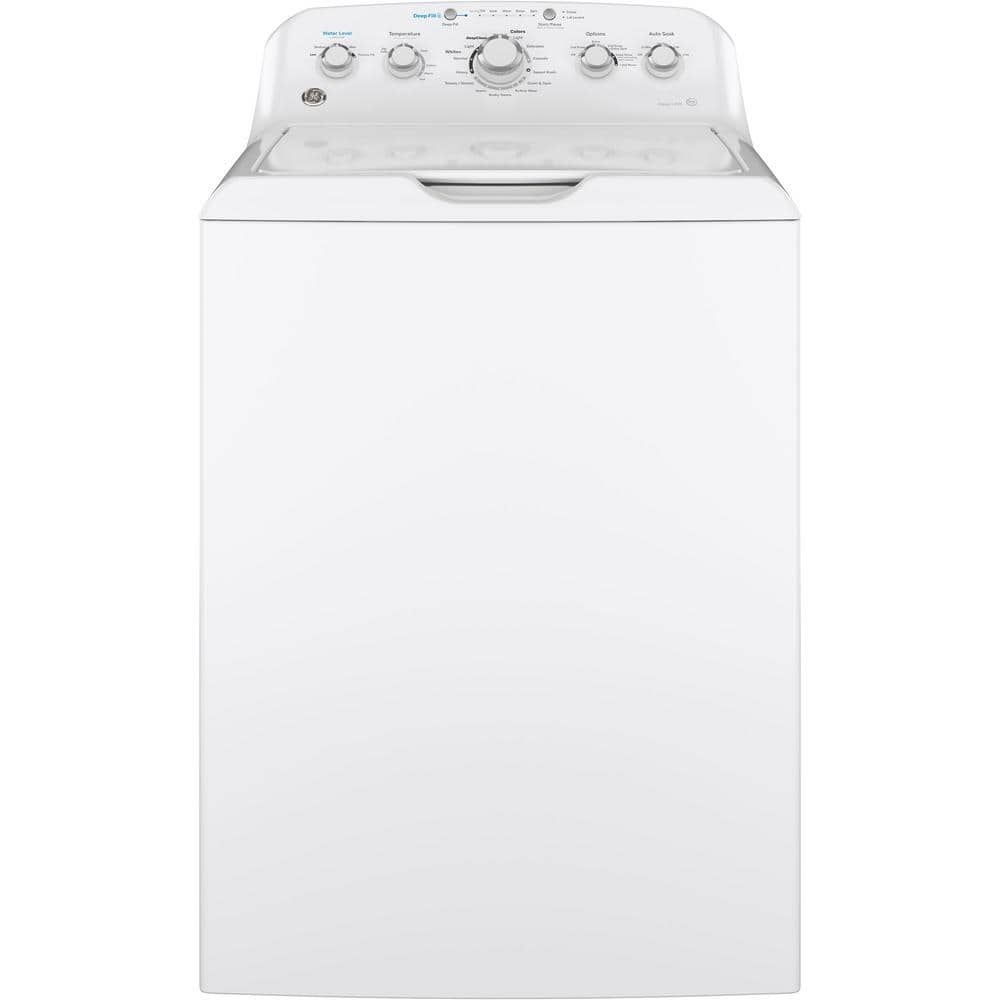
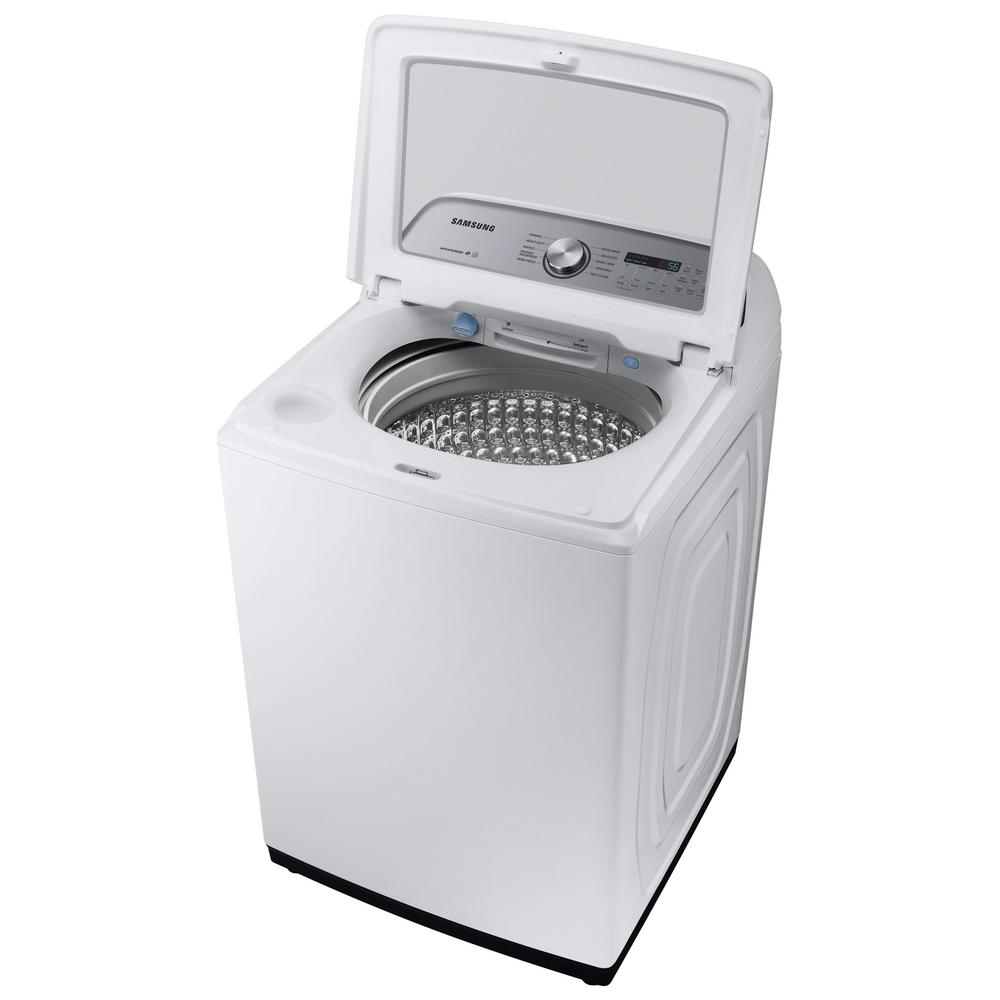
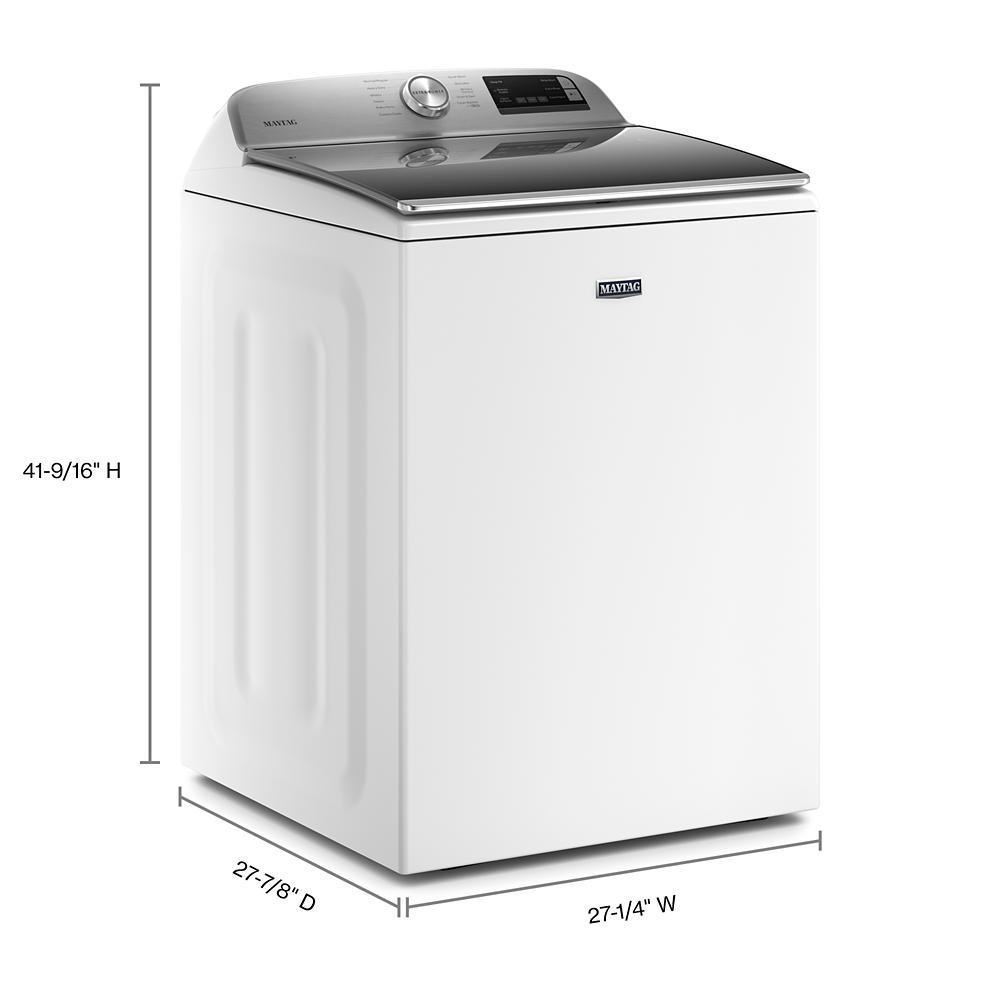
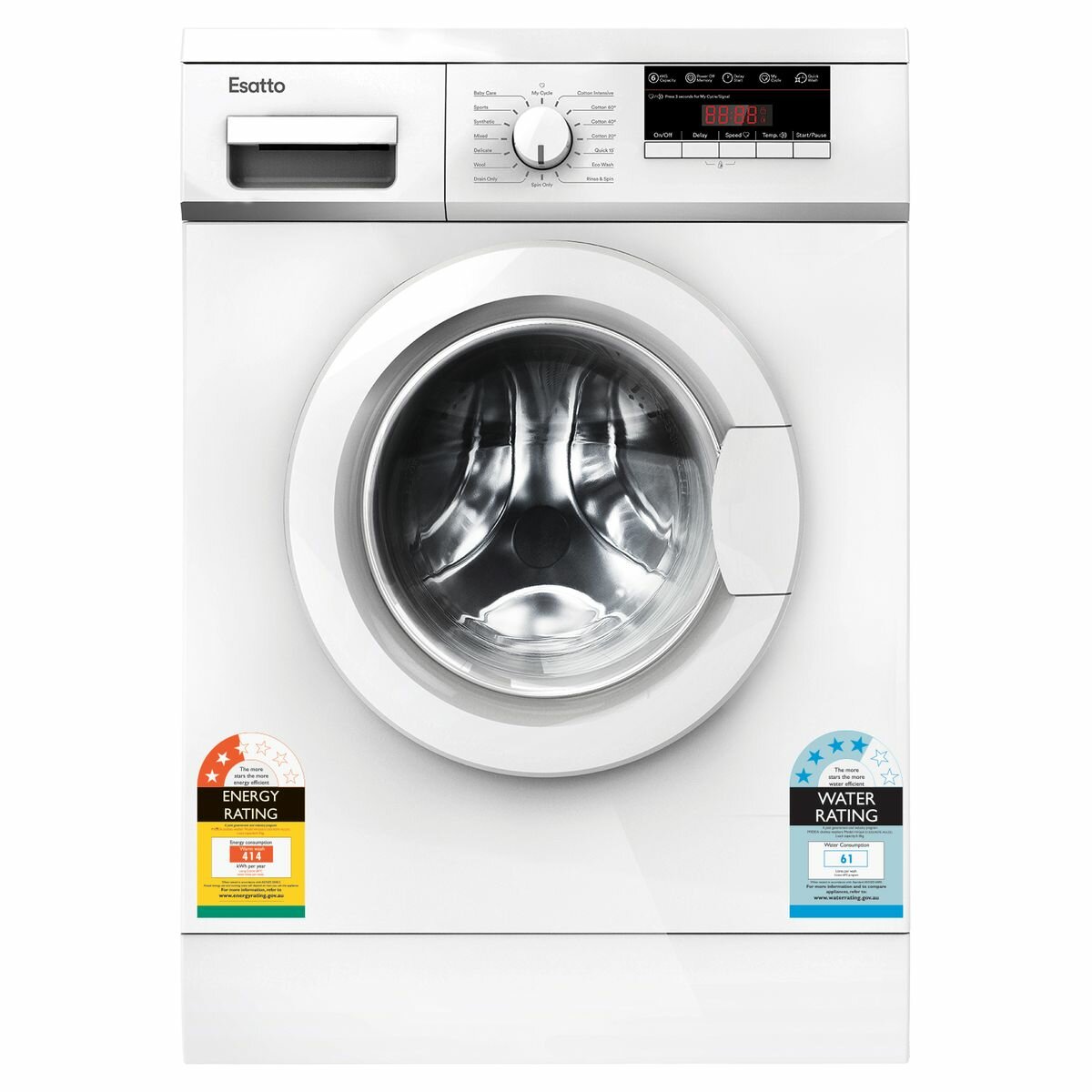
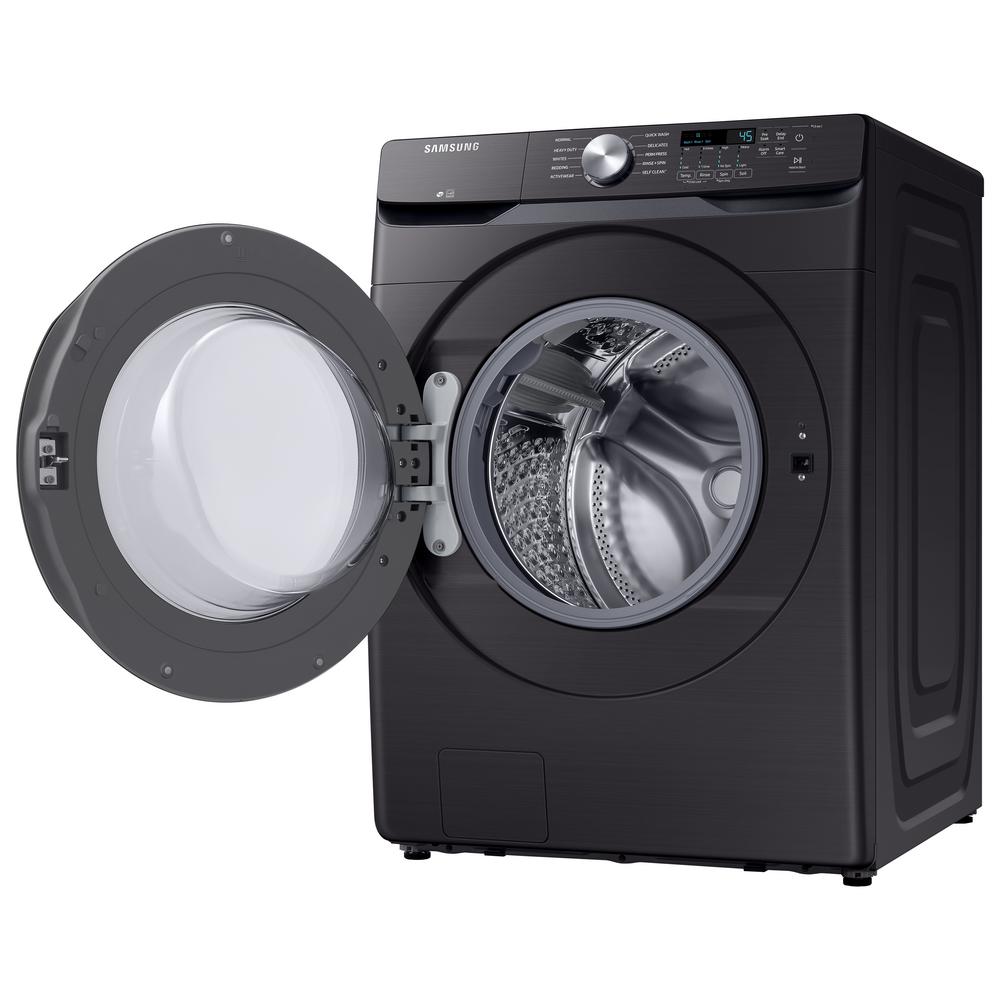
by Gary
awesome home depot hock them up
by Thomas
The washed works very well. It is louder than I expected.
by Tari
Absolutely love it the fact that the agitator isn’t able to get anything caught under it like the old washer. This washer is super smart too. We forgot to set to bulky but still had no issues with it going off balance during rinse. Would definitely buy again.
by George
It does very well. Only problem is it takes longer to complete its cycle. We love it.